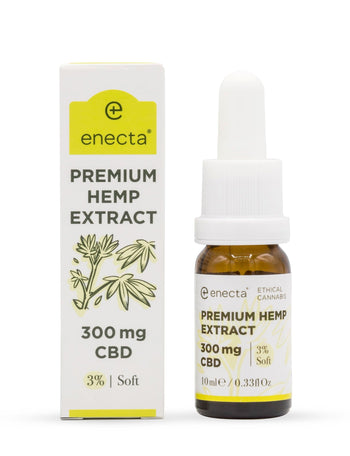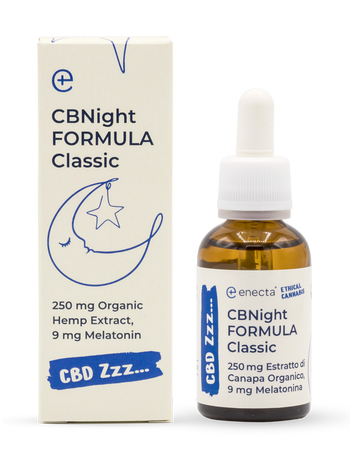Osteoporosis: The Numbers
Osteoporosis is diagnosed in an estimated 200 women across the globe.
One-tenth of women over 60, one-fifth of women over 70, and 40% of women over 80 live with this condition. Osteoporosis affects roughly 75 million people across Europe, Japan, and the USA.
The leading issue that concerns people around osteoporosis is the significantly increased risk of bone fractures associated with the condition. Fractures of the vertebrae are the most common, although associated hip fractures are also critical.
In 2008, The Journal of the American Medical Association published a paper stating that almost 65,000 women die from hip fracture-related complications every year. The risk of death associated with the first 6-12 months following a hip fracture is roughly 25%.
What is Osteoporosis?
The word 'osteoporosis' means porous bones. It's a condition that causes the bones to become weaker over time.
This increases the chances of fractures and breakages occurring. Almost 2 million fractures happen every year in the USA alone due to the weakening effects of osteoporosis.
With at least 8.9 million people living with the condition, millions more are at risk because of low bone mass.
The exact cause of the condition is unknown, but science tells us that our bones are repeatedly broken down and replaced in a process known as 'bone remodelling'.
This process starts when we are young and peaks towards our late twenties. Bone rate is reduced when our bones break down faster than they can build up.
Eventually, our bones lose calcium faster than they can replace it, making the bones thinner. In women, this loss of mass occurs rapidly within seven years of menopause before slowing down slightly.

Conventional Treatments for Osteoporosis and Their Potential Side Effects
While osteoporosis cannot be reversed completely, bone density loss can be slowed down.
Lifestyle changes are a necessary part of this process. It's recommended that you increase the levels of Vitamin D and calcium in your diet.
Foods such as salmon, leafy greens, broccoli, and cauliflower can all help retain healthy bones. Additionally, caffeine and alcohol should be avoided as much as possible.
Several prescription medications can help to slow down the speed at which bones break down.
Drugs from the bisphosphonates family such as Boniva, Actonel, and Zometa. That said, these drugs have less than impressive track records regarding their efficacy, alongside an array of serious side effects.
How Could CBD Assist With Osteoporosis & Overall Bone Health?
Our natural endocannabinoid system (ECS) plays an essential role in supporting the overall health of our bones. Although the stresses and strains of daily life can take their toll on our bones, the ECS helps to facilitate the overall remodelling process of our bone structure.
A 2011 article published by the British Journal of Pharmacology states that fatty acid amides (FAAs) work in conjunction with our bodies cannabinoid receptors, improving the remodelling process of our bones.
There is an enzyme called FAAH that is responsible for bone deterioration. However, studies have shown that CBD blocks this enzyme and helps FAAs to flourish. It seems that both CBD and marijuana are effective because several of their compounds encourage bone strength.
CBG is a perfect example of a non-psychoactive cannabinoid that could be used to alleviate osteoporosis. Even the psychoactive compound 'THC' could be valuable in the battle against brittle bones. There are CB1 receptors throughout the body, found in various areas, including the bones.
CBD & Osteoporosis – What The Research Says
A 2009 study looked into the links between CB11 receptors and how osteoporosis develops over time.
The results showed that mice with no CB1 receptors developed incredibly thick bones but still developed osteoporosis. Upon further examination, it was revealed that these mice had significant fatty deposits instead of bone marrow inside their bones.
A 2015 study looked at the impact that CBD had on the healing od fractures. It studied rats over eight weeks. The results determined that CBD increased the maximal load and work-to-failure in the rats when the compound was injected directly into their femurs.
Why Try CBD for Osteoporosis and Bone Health?
While there is currently no known cure for osteoporosis, consuming healthy foods and exercising regularly can help to decrease the rate of bone loss. We would advise trying alternatives to bisphosphonates due to the severe side effects that they can cause.
The links between bone mass strength and the ECS is clear. Plus, there is a range of studies that prove that CBD can work to mitigate the damage caused by osteoporosis. The truth is, our bodies naturally produce cannabinoids, and these cannabinoids bind to cell receptors, encouraging healthy function.
CBD works indirectly with CB2 receptors. Specifically, it mimics the actions produced by our bodies natural cannabinoids. The result is a natural treatment that could strengthen your bones with little to no side effects.
As always, we don't recommend stopping any prescribed medications before consulting your physician. If you have any questions, click here to contact a member of the Enecta customer care team.








































